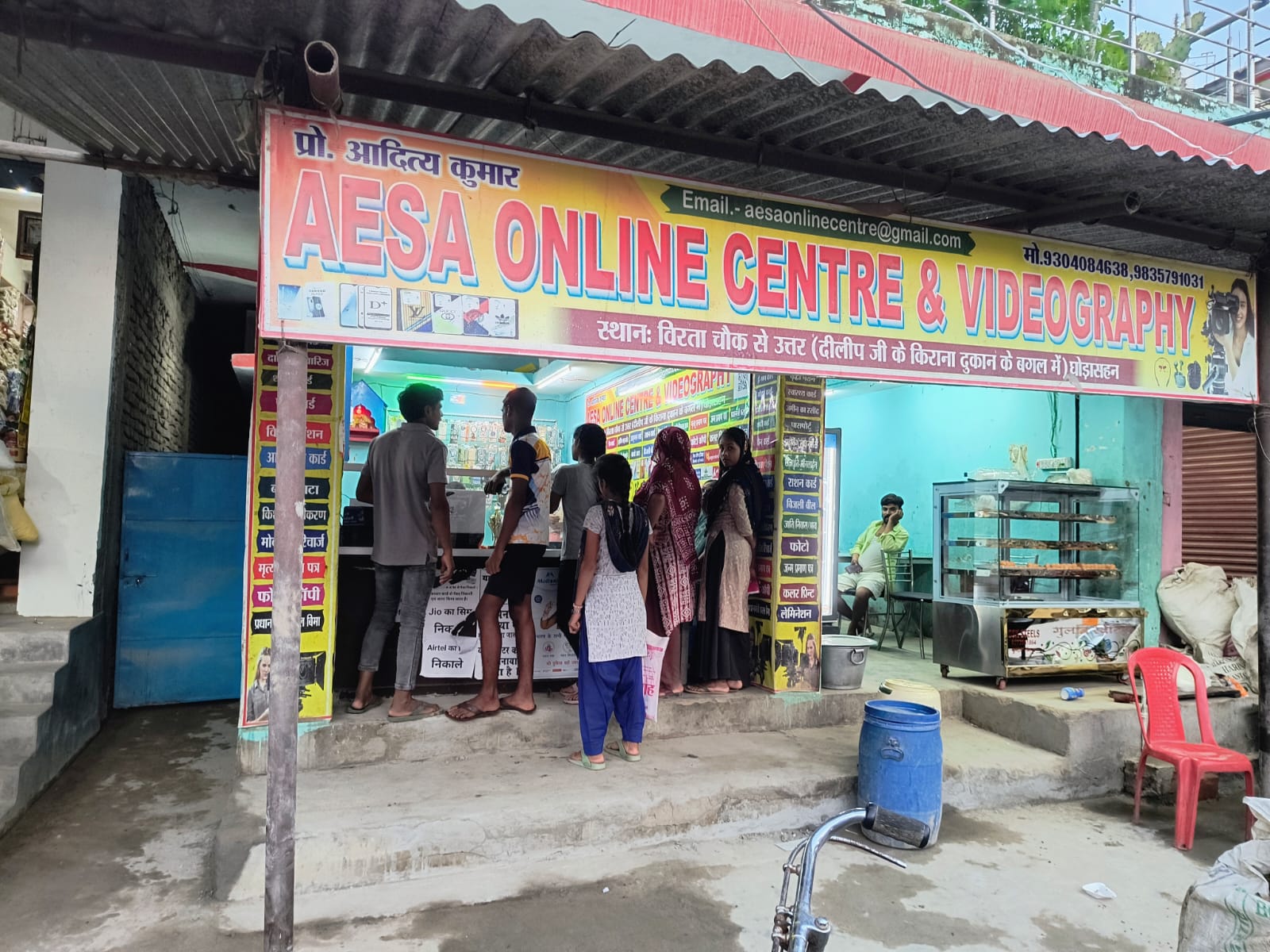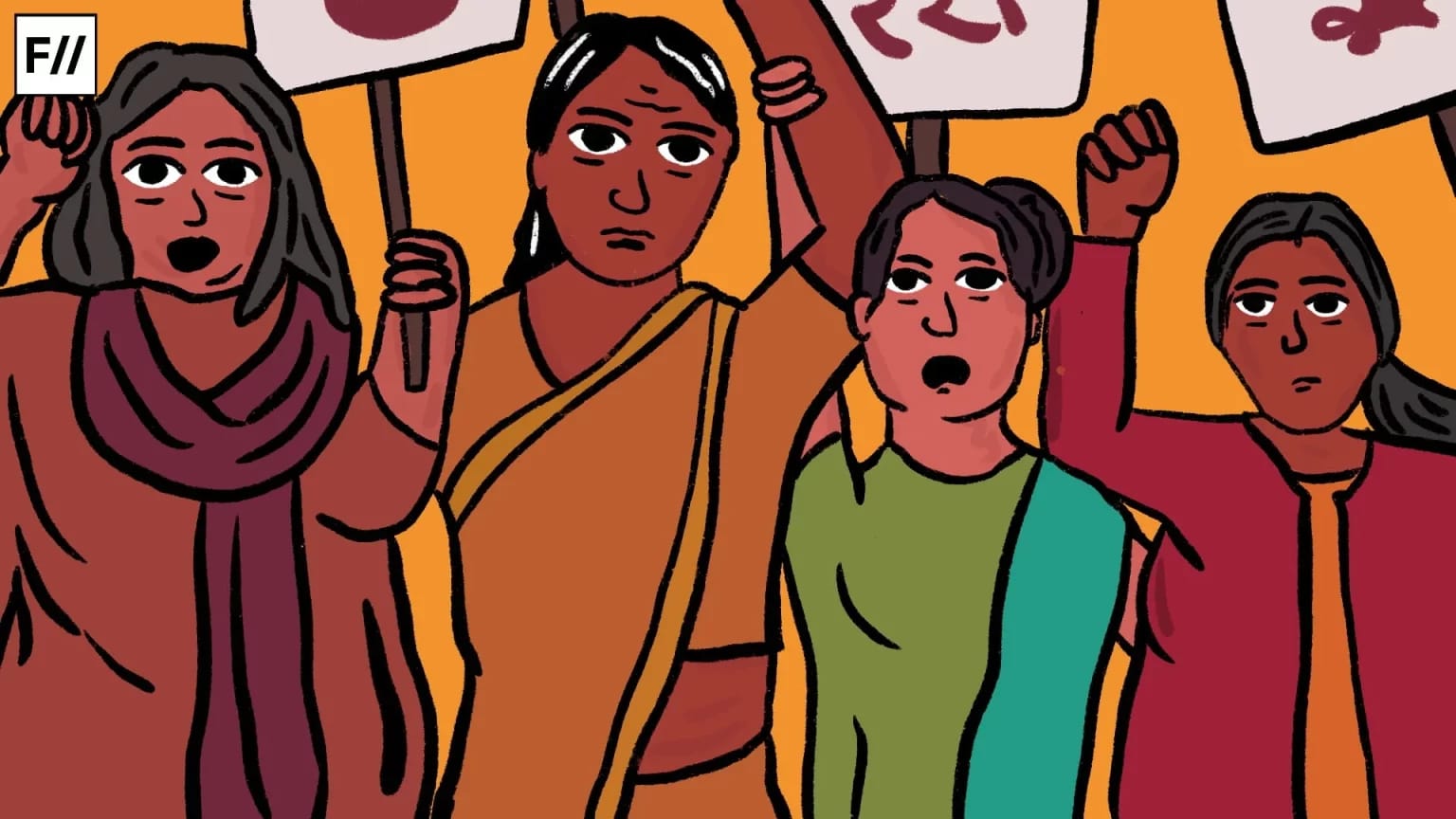While granting bail to a 15-year-old boy accused of rape in the case of Juvenile X v. State of Uttar Pradesh on 8th October 2025, an SC bench of Justices Sanjay Kumar and Alok Aradhe told the authorities that sex education cannot be limited to students in grades IX-XII. This was not an isolated case, as in July itself a minor girl was allegedly raped by four minor boys in Uttar Pradesh and in 2024, a juvenile was sentenced to life imprisonment for raping minor girls aged five and six. Beyond sexual crimes, India registers the highest percentage of child brides in the world.
If not for American soap operas or official forms, children in India rarely come across the word ‘sex’. There are many expectations from brief chapters on reproduction in middle school science textbooks which distantly teach ‘Sexual Reproduction in Animals, as an anatomy lesson. For those not enrolled in formal education, sex remains an enigma until the very time that they are expected to perform it.
In this globalised era where the country aspires to ace the race of ‘development’, the parameter of literacy inclusive of sex and sexuality education cannot be ignored.
The reasons for this societal silence on sex are manifold. But two diametrically opposed concerns hamper the discourse on Sexual and Reproductive Health and Rights (SRHR) across the world. One, the belief that talking about sex will encourage early engagement in it and two, the lack of knowledge among the elders themselves that makes them unable to initiate or hold a conversation. This is a vicious cycle, as it perpetuates the problem.
CSE, sex education and hidden pages of history
It was when a young girl aged 14 studying in Delhi asked Niyati whether she could ever say no to sex that the gravity of the need for Comprehensive Sexuality Education (CSE) hit her strongly. The founder of Pratisandhi Foundation, a sexual health and education advocacy group, shared how she was left perplexed thinking, “What experiences made her believe that anything other than “yes” could be the answer to that question?”

India is a landmass where conversations on sex, sexuality, and pleasure etc., have their roots in ancient times. Take for example, the Kama Sutra which was scripted by Vatsayana as a detailed Sanskrit text that saw eroticism, sexuality and emotional fulfilment as vital goals of life. Not limited to this, the concepts related to sex, sexuality and desires are not alien to this landmass. The Hindu epics of Ramayan and Mahabharat feature intersex characters and plots underlying homosexuality, adoption, abortion and even a mythic tale of reproduction which can be described as imagining ‘in vitro fertilisation’ in that era. Exquisite architecture depicting eroticism is found in the Hindu and Jain temples of Khajuraho in Madhya Pradesh, which is also a UNESCO World Heritage Site. These are limited examples showing how the dogmatic discourse on what Indian or Hindu culture entails today is ignorant of its own history. While the oppressive systems of patriarchy and caste existed, historical evidence also puts particular emphasis on the continuous invasions to show a gradual shift towards conservative values in Indian society.
An avid reader and Political Science student at Miranda House, Roha, believes that despite the aversion that society has towards sexuality education, there are spaces which embody inclusivity and openness and act as grounds where one can source conversations. She credited mass media, news and books for her understanding of Sexual and Reproductive Health and Rights (SRHR) and positioned her trust in literature as she said, “The change is there, in small corners of the editorials, in the back of the bookshelves.”
Delving deeper into the debate on steady conservatism of Indian society because of ‘foreign influences’, it is a fact that homoerotic poetry and art in the Mughal era were respected. But a sense of shame and honour tied to the body, build and attire was maintained. However, a drastic shift was brought by the British Colonial Rule, which imposed the forces of Victorian morality and law to deem non-procreative or non-heteronormative sex as a taboo, sin and even punishable offence. Criminalisation of homosexuality and the Hijra community by Section 377 of the Indian Penal Code (1860) and the Criminal Tribes Act (1871), respectively, are examples of the same.
Promises that cannot be broken
Commenting on the importance of knowing about SRHR, Tarini, a political science undergraduate at Ramjas College strongly states, “The right to freely decide whether, when, and with whom to marry, have sex, or have children, without pressure in the form of discrimination, coercion, or violence, and to advocate for oneself are important aspects of SRHR”.
In light of these conditions, CSE remains a non-negotiable need in India because sexuality education is considered an inherent right under Articles 26, 25, 19 and 2 of the Universal Declaration of Human Rights (UDHR) which guarantee the rights to health, education, information and freedom from discrimination, respectively.
India adopted the declaration at its inception in 1948 and the Indian Constitution, enacted two years later, bound itself to these principles as fundamental rights for its citizens. Also, as a signatory to the United Nations’ (UN) 2030 Sustainable Development Goals (SDGs), India is bound by the united commitment to Goal 4, ‘Quality Education’. Article 21 of the Indian Constitution guarantees the Right to Life with Dignity and while it explicitly does not guarantee a right to sex education, Article 21A, that is, the Right to Education, combined with growing legal commentary and legislative efforts in the domain, implicitly guarantees CSE as a fundamental right.
On the concern about age-appropriateness, CSE is necessary for the holistic development of a human being because while it addresses SRHR, it is “a curriculum-based process of teaching and learning about the cognitive, emotional, physical, and social aspects of sexuality”, as per the UNESCO.
The Supreme Court of India has asserted the importance of CSE. Recently, in the case of Just Rights for Children Alliance v. S. Harish (2025), the bench cited research that proved how CSE actually delayed sexual activity and promoted safer sexual practices among teenagers. Further, it rejected the belief that sex education is a “Western concept” and incompatible with India’s traditional values to lament on how this misconception has prevented the effective implementation of CSE, thereby forcing adolescents to seek information from the internet, where they encounter misleading and harmful content.
On the concern about age-appropriateness, CSE is necessary for the holistic development of a human being because while it addresses SRHR, it is “a curriculum-based process of teaching and learning about the cognitive, emotional, physical, and social aspects of sexuality”, as per the UNESCO. It aims to equip children and young adults with knowledge, skills, attitudes and values that empower them emotionally, legally and socially. It is hence, a life skill that can be delivered formally or informally but must be scientifically accurate, developmentally appropriate, curriculum-based and comprehensive.
CSE: Inclusive education, holistic development
This demand for the incorporation of CSE in curricula is not to suggest that no efforts have been undertaken towards awareness and sensitisation yet. Earlier steps by the government include the NCERT’s 2007 Adolescence Education Programme (AEP) and CBSE’s module on Sexuality Education, both of which faced national resistance. More decentralised attempts are those taken by individual institutions but these lack continuous, all-rounded, structured and most importantly, participatory teaching methods.
“Most schools organise period workshops for girls. Every girl receives partial information and a pad. And that pad becomes the end of the world, at least for that day. They hide it between books and in secret bag compartments and try to make sure no boy sees it. And once someone does, embarrassment shoots up and self-worth goes down the drain”, shares Kavya, who heads Social Media at Pratisandhi. She added, “CSE is about receiving the right information at the right age and knowing how to respond to sensitive topics, like consent, puberty, and even basic respect”.
In this globalised era where the country aspires to ace the race of ‘development’, the parameter of literacy inclusive of sex and sexuality education cannot be ignored. The success of western models such as the Netherlands, the United Kingdom and Sweden, which mandated sex education at the primary level as early as 1955, must motivate India to initiate a serious effort towards CSE. However, inspiration does not mean imitation. The aim to implement a nationwide CSE model must envision a standardised national curriculum that is flexible enough to be customised as per regional demands. Gunika, a design student at CEPT University, Ahmedabad, had an interesting take on the importance of designing a customised model for CSE that is suitable for Indian children. She said, “We cannot copy-paste sexuality education. What works abroad may raise eyebrows here faster than it raises awareness”.
Gunika, a design student at CEPT University, Ahmedabad, said, “We cannot copy-paste sexuality education. What works abroad may raise eyebrows here faster than it raises awareness”
There are other considerations as well. Children often take to the Internet when curious and today, this is fast becoming replaced with AI because as Dr Sutanu, a fellow researcher working in Delhi, rightfully suggests, “AI doesn’t blush or scold and it seems safer than speaking to a parent or teacher, especially about topics that feel embarrassing or taboo”. While inclining children and even elders towards reading and referring to verified sources is ideal, in this age of ‘instantaneous searching’, it is a challenging task. Given the easy and ready use of AI, finding correct information on questions related to SRHR is becoming increasingly difficult. It is thus that Dr Sutanu added a warning saying, “AI does not always understand human emotions and maturity. Its wisdom is borrowed from the internet, which is overflowing with helpful facts but also with myths, stereotypes, and sometimes dangerous misinformation”.
Through targeted advocacy by youth-led organisations, progressive judgements, legislative proposals and state-led initiatives such as Karnataka introducing two sessions a week on sex education for classes 8th to 12th from the next year, the demand for a formal, age-appropriate and inclusive CSE curriculum is now louder than ever. We must act fast, but not hastily. We must act now.
About the author(s)
Second year student of Media Studies at CHRIST (Deemed to be University), BRC, Bangalore. A trained Kathak dancer, theatre artist and political nerd.





